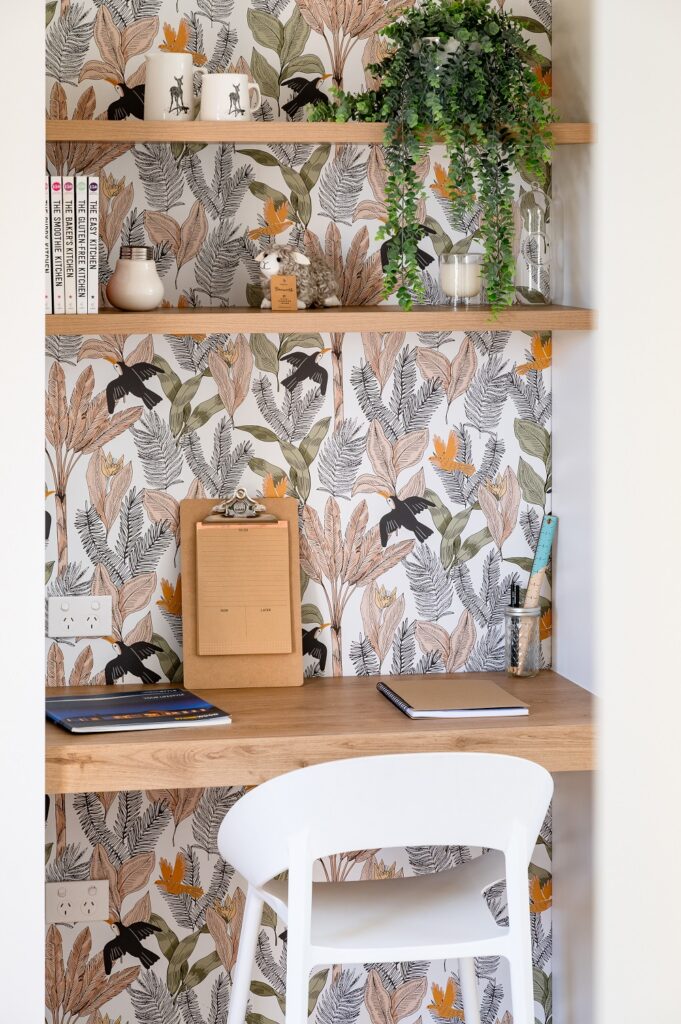Designing a home is an exciting journey that allows you to bring your vision to life and create a space that reflects your lifestyle, preferences, and personality. However, the process can also be daunting, with numerous decisions to make and factors to consider. In this article, we’ll delve into the essential factors to keep in mind when deciding on home designs, offering insights and guidance to help you navigate the process with confidence and clarity.
What to consider when designing you dream home
Layout and floor plan
One of the first considerations when designing a home is the layout and floor plan. The layout determines the flow and functionality of your space, so it’s essential to carefully consider how each room will be arranged and interconnected.
Think about your lifestyle and how you envision using each space—whether you prefer open-concept living areas for entertaining or separate rooms for privacy and functionality. Additionally, consider factors such as natural light, views, and access to outdoor areas when designing your layout, as these elements can greatly impact the overall ambiance and enjoyment of your home.
Personal style
Another crucial factor to consider when designing your home is your personal style and aesthetic preferences. Your home should be a reflection of your unique taste and personality, so take the time to explore different design styles, materials, and finishes that resonate with you.
Whether you’re drawn to the timeless elegance of traditional architecture, the sleek modernity of contemporary design, or the rustic charm of farmhouse style, choose elements that speak to your sensibilities and create a cohesive aesthetic throughout your home. From exterior façades to interior finishes, every detail contributes to the overall ambiance and character of your space, so choose wisely to ensure a home that truly feels like your own.
Practical designs
When designing your home, it’s also essential to consider practical considerations such as functionality, efficiency, and sustainability. Think about how you will use each space and prioritise features that enhance your daily life, whether it’s a well-appointed kitchen for cooking and entertaining or a spacious laundry room for household chores.
Additionally, consider incorporating energy-efficient design principles and sustainable materials into your home to reduce environmental impact and operating costs. From passive solar design to eco-friendly building materials, there are numerous ways to make your home more efficient and environmentally friendly while also enhancing comfort and livability for you and your family.
Future requirements
In addition to functionality and aesthetics, don’t forget to consider the future when designing a home. While it’s essential to create a space that meets your current needs and preferences, it’s also important to plan for the future and anticipate how your lifestyle may evolve over time. Consider factors such as aging, growing families, and changing work arrangements when designing your home, and incorporate features that offer flexibility, adaptability, and longevity. Whether it’s designing a home office that can double as a guest room or incorporating universal design principles for accessibility, thoughtful planning ensures that your home remains functional and relevant for years to come.
Experienced professionals
Furthermore, when designing your home, it’s crucial to work with experienced professionals who can bring your vision to life with expertise and precision. From architects and designers to builders and contractors, assembling a skilled team ensures that your home design project is executed seamlessly from concept to completion. Collaborate closely with your design team, communicate your needs and expectations clearly, and trust their expertise and guidance throughout the process. With their knowledge and experience, they can help you navigate the complexities of home design, make informed decisions, and create a home that exceeds your expectations in every way.
Don’t wait a moment longer—design your dream home today
In summary, designing your dream home is a multifaceted process that requires careful consideration of numerous factors. From layout and aesthetics to functionality and sustainability, every decision contributes to the overall success and satisfaction of your home design project. By prioritising your needs and preferences, planning for the future, and collaborating with experienced professionals, you can create a home that is both beautiful and functional – a true reflection of your lifestyle, personality, and aspirations. Start your journey to homeownership with confidence and clarity, and unlock the potential of your dream residence with Stonewood Homes.
Moreover, it’s essential to consider the surrounding environment and architectural context when designing your home. Take cues from the local landscape, climate, and vernacular architecture to ensure that your home harmonises with its surroundings and contributes positively to the neighbourhood aesthetic. Whether you’re building in a coastal area, rural setting, or urban environment, incorporating elements such as native landscaping, regionally appropriate materials, and architectural styles that complement the local context can enhance the overall sense of place and create a cohesive and inviting streetscape.
Additionally, don’t overlook the importance of functionality and practicality in your home design. Beyond aesthetic considerations, your home should be designed to support your daily activities and routines with ease and efficiency. Consider factors such as storage space, traffic flow, and furniture placement when designing each room to optimise functionality and maximise usability. Incorporate built-in storage solutions, multifunctional furniture, and efficient layouts to make the most of your space and simplify your life. By prioritising practicality alongside aesthetics, you can create a home that not only looks beautiful but also functions

